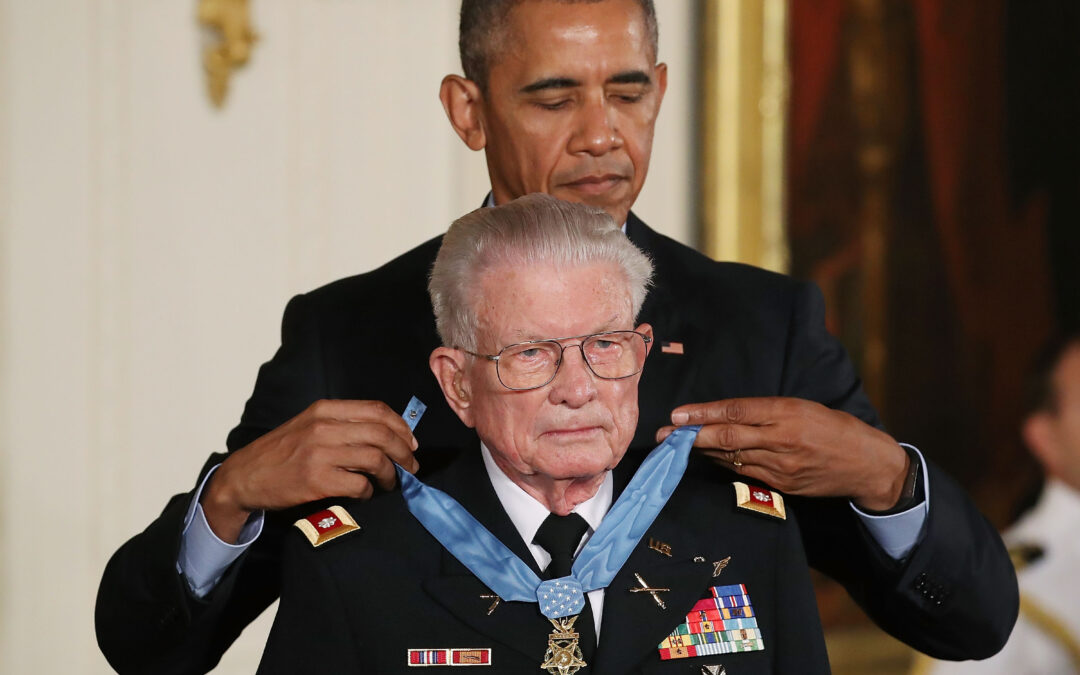Entry of the United States into World War II quickly revealed how woefully ill-prepared the armed forces were to contend with a major conflict. Apart from the peacetime draft instituted in 1940 and lend-lease support to Great Britain few actions had been taken to address escalating global tensions. Now racing to enlist, train, arm and deploy resources necessary across multiple theatres of war the Army and other branches of service were forced to again face long-held racial...











